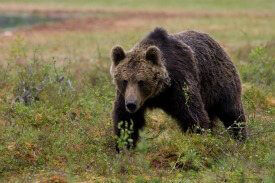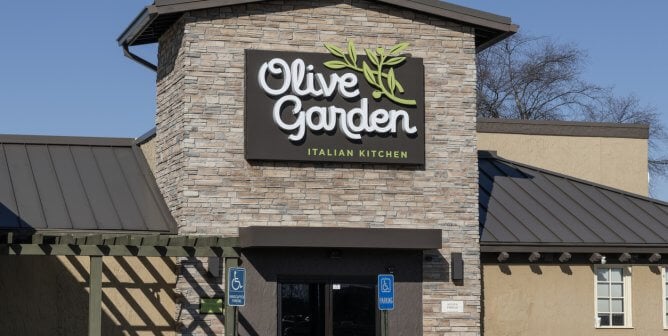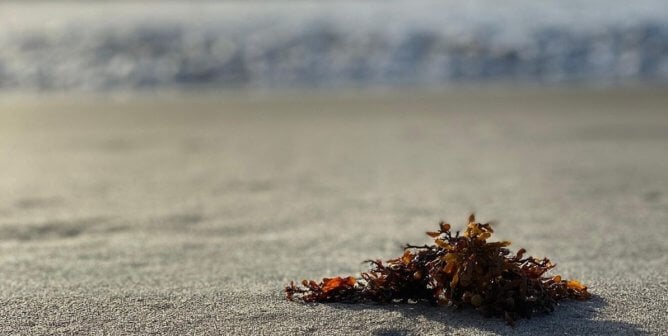This article originally appeared on PETA Prime.
Many people treat the various animals in their lives very differently. A man might adore a dog named Rusty and treat him as a much-loved family member while at the same time consuming meat from a pig raised on a factory farm. This is despite the fact that both dogs and pigs are intelligent and engaging companions. A girl might feed her guinea pig Daisy fresh vegetables every day, while the girl’s mother feeds deadly poison to a rat living under the house. Yet both types of rodents are clever, sensitive, and a pleasure to spend time with.
What’s the difference? Why do people love one animal but ignore the suffering of a similar animal? Part of the answer is that it’s hard to feel compassion for someone you don’t know. Many of us share our homes with dogs, cats, and other animals. These animals are our friends—they have names and endearing personality quirks, and they often return the affection that we give them. People are horrified by news stories about cruelty to cats and dogs, and that’s because we know and love these animals personally. We can imagine what it would be like for these terrible things to happen to our own animal friends.
Recently, I traveled to Alaska to see brown bears congregating for the annual salmon run. My bear-viewing permit allowed me to watch the bears who were fishing at a waterfall for four full days. I’ve always found bears to be awe-inspiring animals but have seen them only from a great distance or in nature documentaries. To see dozens of bears up close for so long was a revelation. The first day, I marveled at their agile strength, their fish-catching talents, and the sheer number of animals in such close proximity. But by the second day, I started to notice the individual personalities of the bears. Some bears were affectionate and playful; others were more solitary. One bear caught his fish by doing cannonball jumps into a deep pool. Another used his broad body to create an eddy in the water that served as a fish trap. One gutsy young bear found opportunities to steal fish carcasses from the bigger bears. It was fascinating. I wondered initially if I had the patience to spend four eight-hour days sitting still at the viewing platform, but I could hardly tear myself away—the longer I watched, the more I felt connected to these particular bears and their lives. I started to feel the same depth of compassion for bears that I feel for a dog or a cat.
I had a similar experience after visiting some pigs at a sanctuary for farmed animals. It was only after many hours that I began to know their individual traits. Each pig had his or her particular friends. One assertive piglet playfully knocked me over. Some of them requested belly rubs and thanked me with contented grunts. By the fourth day, they weren’t just pigs to me anymore; they were individuals. And now when I tell people about the suffering of pigs on factory farms and in slaughterhouses, it comes straight from my heart.
Even the most compassionate among us has a tendency to maintain a little emotional distance from animals we don’t know. But we’re less likely to fall into the trap of “us” vs. “them” thinking when “they” aren’t strangers. What if everyone who chooses to eat meat could do so only after spending a week with some farmed animals? What if hunters had to spend a few days with the family of the animal they killed, watching those animals grieve?
If you or someone you know still eats meat or milk or eggs, challenge yourself—or them—to personally meet some pigs or cows or chickens. These animals suffer and die to provide these products; we owe it to them to look into their eyes and know them. And with that knowledge comes the compassion that enables us to stop eating them.
Text VEG to 73822 to get the latest vegan lifestyle tips, recipes, and urgent action alerts texted right to your phone.
Terms for automated texts/calls from PETA: https://peta.vg/txt. Text STOP to end, HELP for more info. Msg/data rates may apply. U.S. only.







